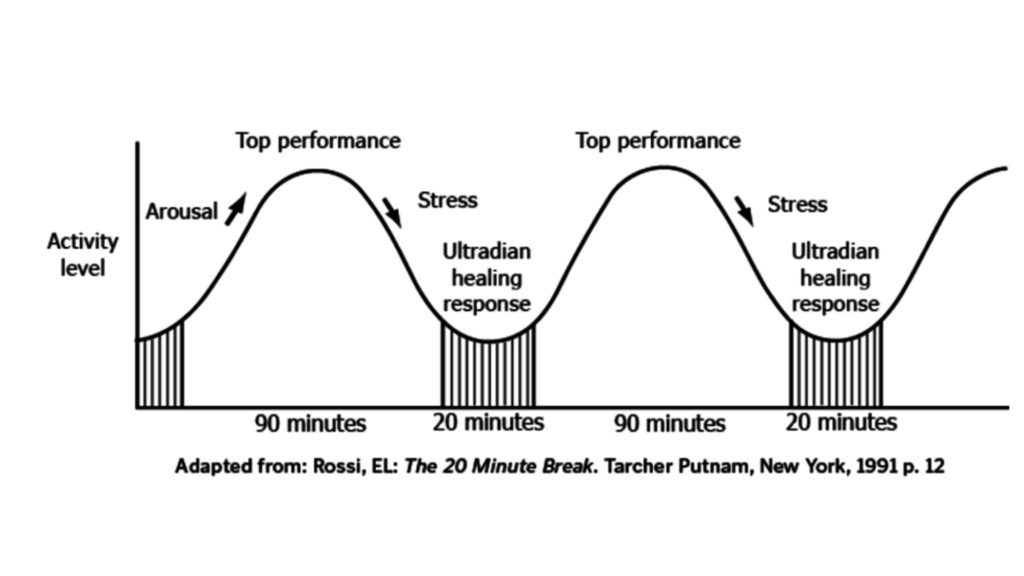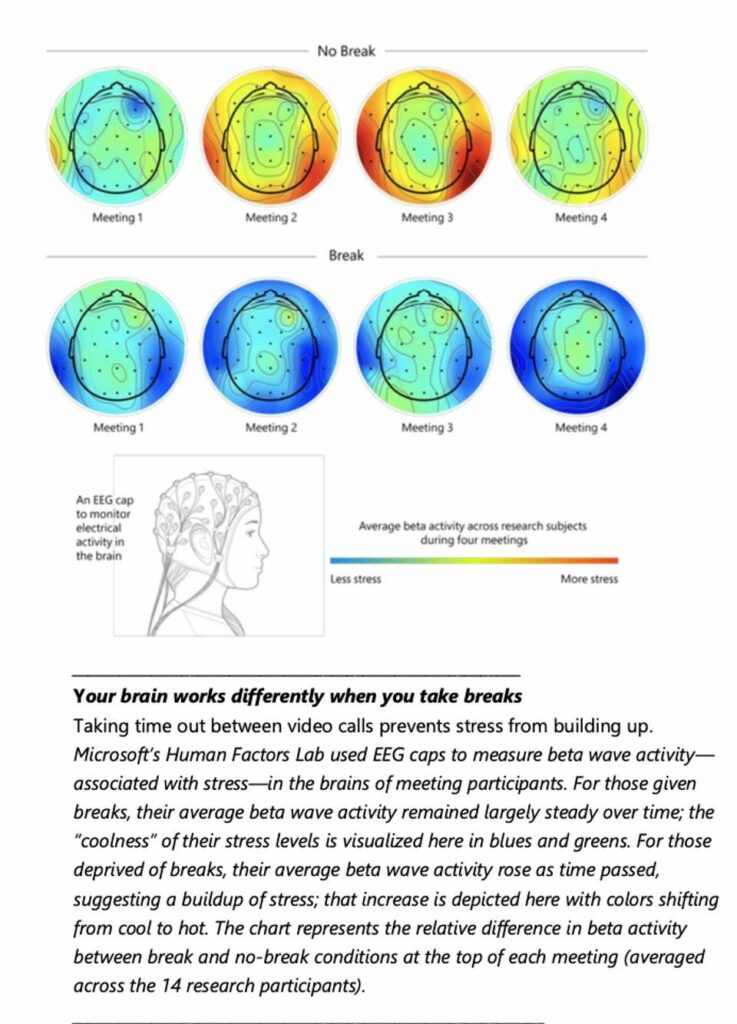
Share This Post
Here are three strategies to consider to ensure your team’s well-being. Anyone can initiate and apply these three strategies. But if leadership walks first, it can take well-being, engagement, and the organization’s performance to the skies.
If you are reading this article, you have probably already bought into the idea of managing energy, not just time and money. You have most likely attended one of our workshops or an inspirational speech. If you have not bought into the idea yet, but are curious to learn more about the power of personal energy in teams, please read this article first: Manage energy not just time and money.
Do you know the feeling of someone taking the energy out of a meeting, leaving the rest of you completely drained?
Managing your energy is one chapter of its own. It is crucial and imperative. But let’s be real. We spend most of our awake hours on the job collaborating with others. So, if we do not manage the team energy and take responsibility for the imprint of energy we leave others with – it will not take us far enough.
Here are three corporate strategies:
Strategy no. 1 - Synchronized Focus-time
Focus time is the strategy that most teams we work with take on right away when we do workshops with them. It is easy to understand that we need more continuous time for deep work to be effective. The mere fact that it takes 20 minutes to get into the mental state of flow gives more perspective on why disruptions are so disruptive. So, adding some hours of focus time to the calendar is an easy choice to make to improve team performance.
Some are good at actually turning this intention into reality, while others are more challenged. It is not because they do not want to or because they cannot keep a promise to themselves. Instead, it is because they are part of an organization that is not syncing with them but challenging them. So, some have resolved this by synchronizing focus time. For example, everyone in an organization could have a focus time on Wednesdays between 9 am and 11 am. Another grip is to have focus time in silence at the beginning of any meeting to prepare for the meeting. Amazon currently practices this and this has greatly improved team performance.
Strategy no 2: Manage Rest-activity Cycles Calmly
If you have heard about REM sleep and the other three stages of sleep, you have encountered some groundbreaking work from the father of sleep research, Kleitman. A less-known discovery of his work is that not only when we sleep but also when we are awake, we have different stages of energy.

We all have something that Kliteman called rest-activity- cycles. For most people, such a cycle consists of 90 minutes of performance that peaks with high performance before the energy decreases and turns into a 20-minute wave of need for recovery time.
It is not possible to remain at peak performance all day long. Attempting to do so would undoubtedly result in inefficient use of your energy. Accept that you need a bit of downtime once in a while. Going with the flow of your personal energy when working will increase your energy efficiency. It is just like how you use gasoline when driving a car. Some ways of driving use more fuel than others. Your personal energy is the fuel of your brain. In short, you ought to find some ways to take some breaks. Breaks do not include surfing the internet or answering emails. The kind of break is screen-free, calm, and quiet, and they deactivate your sympathetic nervous system.
Gain More Team Energy - Take a 10 Minutes Break
A Microsoft lab study proved that meditation for 10 minutes between Teams meetings of 50 minutes had a substantial effect on the energy level in the brain. In this study, the participants wore EEG systems that allowed their brain activity to be determined and measured in real time. Microsoft compared the results to a similar day with back-to-back meetings. On the day with back-to-back meetings, the brain scans got redder and redder throughout the day as the stress level in the brain increased.

Strategy no. 3: Incorporate Continuous Awareness of the Energy Level at Work
Managing personal energy in teams is continuous work. It requires awareness because energy changes all the time. A team’s energy depends on what challenges the team encounters and the energy of each individual. It is particularly true for the manager as they have more impact on a team’s energy level; their personal responsibility is more than that of the other team members.
It takes continuous work. Our methodology on how to take an insight into action can be compared to the continuous improvement processes that you find in Hoisin Carney, LEAN, six sigma, and many agile methods. That way, it is easier for professionals who have received training in one or more of these methodologies to understand.
The challenging part is to always be aware of your energy level. It can get more difficult if you are not empathic by nature, and it can also be hard to see others when the going gets tough. That is why we are measuring energy and capturing it into a system that we designed called Sparkle. When you measure your energy regularly, your awareness increases.
In conclusion, managing energy in a team is more than just a key to well-being. It can also increase team performance. There are many ways of approaching it, but in this article, you got three:
- Synchronize focus time so that you do not disrupt each other’s attention to do deep work.
- Manage rest and activity to get downtime to recharge your brain cells .
- Incorporate systems for continuous awareness of the team’s energy level at work.
If you do not build systems and good collaborative habits together, it can become daunting to keep going with the good work when things get busy. Read more articles from us on how best to increase your team’s performance and Sparkle.
What You Can Do Next in Less Than a Minute
We have facilitated the team development program about: Managing energy not just time and money a lot these days. You can take a look at the program here. It takes less than a minute to take a look and send a request for a free inspirational meeting. Let us together get more energy into your work-life.
We work with energy and passion with the vision to help people not just to perform but, sparkle. This, by unlocking the power of personal energy in all organizations to create long-term value in a sustainable way. If you would like to be updated with new articles and videos, sign up for our mailing list. Your mail is not shared with anyone and there are advantages to being on the list e.g., getting a mini course in your personal leadership.












